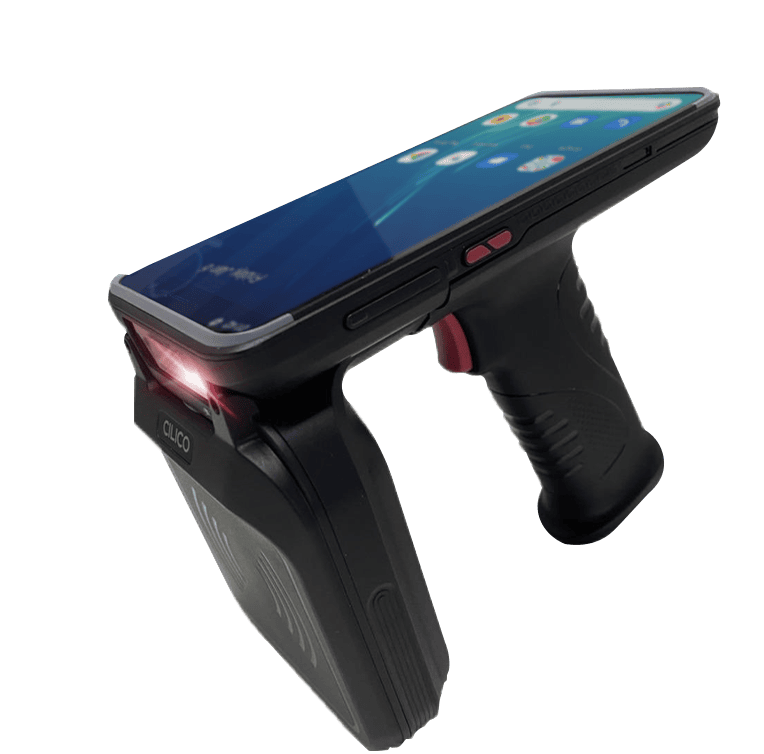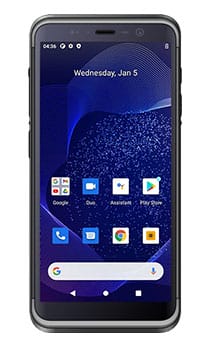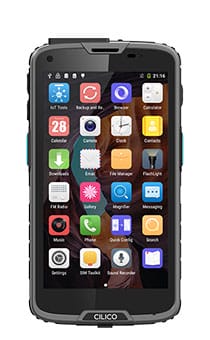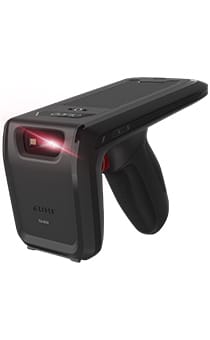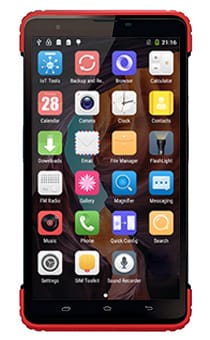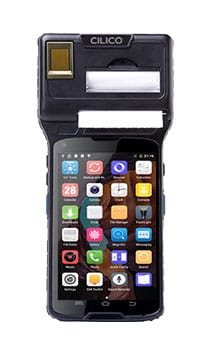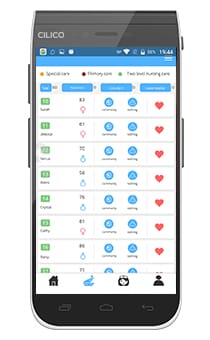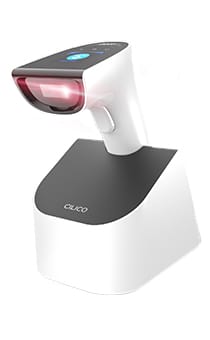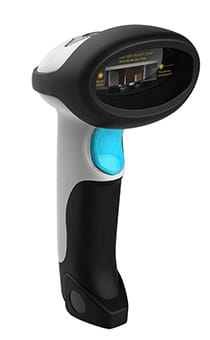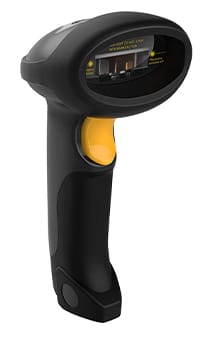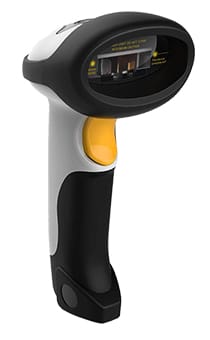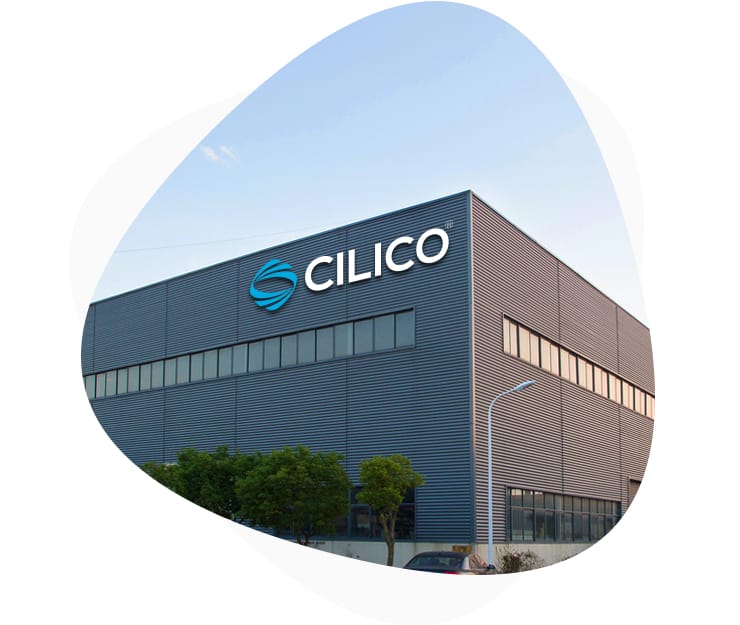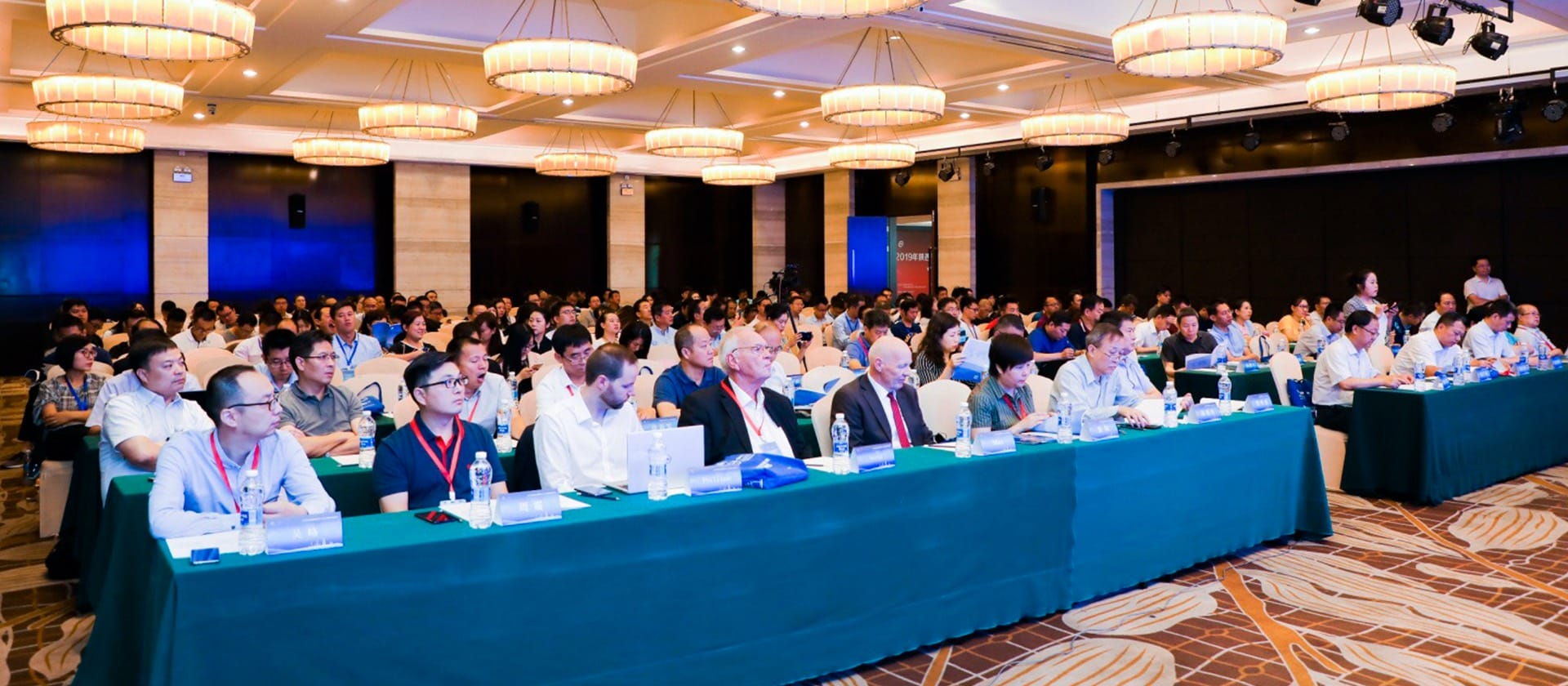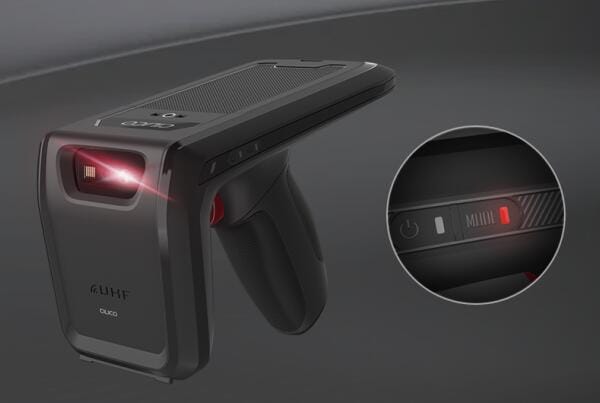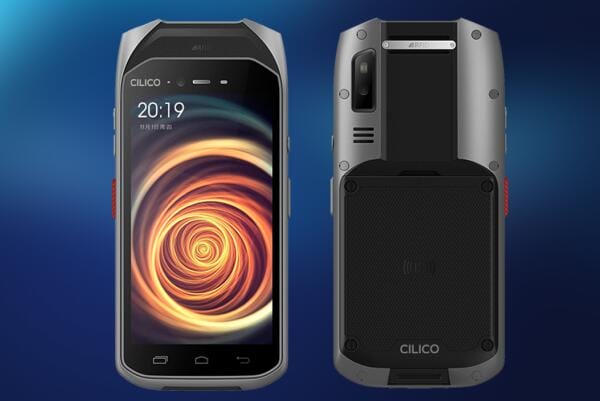- Jul 12,2022
- Tags: Mobile Computer
BY RFID JOURNAL
RFID tags can be used for quality control in harsh environments, including those containing extreme temperatures, high impact, wet conditions, hazardous chemicals, radioactivity and more.
Companies in a variety of rugged industries employ radio frequency identification (RFID) to improve quality control and efficiency. These industries—which include construction, mining, oil and gas, energy and chemicals—require RFID tags that can handle the harsh environments typically encountered.
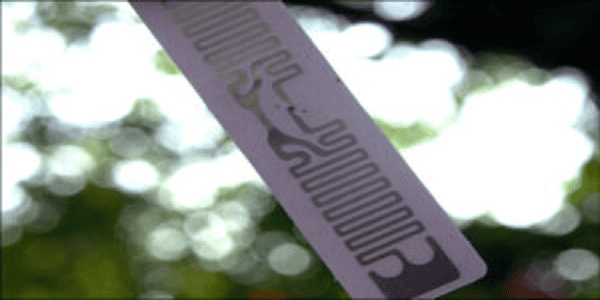
Using rugged mobile computers-RFID for quality control in harsh environments
RFID technology can prove useful in all manner of harsh environments, provided the right tags are used. Here are ten examples of how to deploy RFID for quality control in some of the more common harsh environments.
High-Impact Environments
High-impact environments put considerable stress on RFID tags. More rugged tags, however, can prove useful in tracking gas canisters, oil pipes and other heavy items that tend to bang together during transit. The tags can be embedded in these items for better protection and to avoid accidental removal.
High-Vibration Environments
Environments that experience extreme vibrations require extremely rugged RFID tags. These include tags placed on operating machines, items shipped via truck, underground pipes and the like. Continuous vibrations can dislodge tags, break antennas off chips and lead to premature failure.
Explosive Environments
RFID tags can trace munitions and explosives in transit, as well as monitor their usage. Tags deployed around explosives need to be properly certified for this hazardous use and be equipped with coatings to minimize static discharge.
Extreme-Temperature Environments
RFID tags are often subject to extremely high temperatures of 225 degrees Celsius (437 degrees Fahrenheit) or more. Consider tags used in drilling pipes, or those attached to automotive and other parts while paint is baked on in high-heat ovens. There are also tags commonly used in extreme low-temperature environments—as low as -190 degrees Celsius (-310 degrees Fahrenheit)—such as some medical and chemical processes.
Wet or Humid Environments
Not all RFID tags work well in or around water. Low-frequency (LF) and high-frequency (HF) tags are best in wet or humid environments. This makes them useful for tracking underwater or underground pipes or cables, as well submergible machinery and components. RFID technology is also commonly utilized to track both freshwater and saltwater fish and aquatic creatures, via passive integrated transponder tags.
High-Interference Environments
Some environments are rife with radio interference, which can negatively impact many types of RFID tags. Tags are often used around Wi-Fi routers and hotspots, handheld radios, poorly insulated electronic equipment and microwave ovens. When deployed for quality control in such high-interference environments, RFID tags should be tested to ensure that their signals are not weakened or blocked.
Hazardous Chemical Environments
RFID tags are often used to track toxic chemicals and other hazardous materials. The tags need to be able to withstand exposure to chemicals, whether there's constant exposure or an occasional splash. Chemical resistance also needs to be considered for tags on containers or clothing items that come into contact with these types of hazardous materials.
Radioactive Environments
RFID tags can be used in various environments containing high or potentially high levels of radioactivity. They can monitor equipment in nuclear power plants or labs, as well as track nuclear materials—including nuclear weapons—in transit. Tags deployed in such scenarios must meet all applicable safety requirements for operation in these environments.
Outdoor Environments
Outdoor environments can be particularly tough on RFID tags. Tags attached to equipment or components that are used outdoors can be subject to water, humidity, sunlight, dirt and extreme temperatures. Some outdoor installations may also expose tags to vibrations and occasional impacts. Take these factors into account when choosing RFID tags that will be used outdoors.
Cylinders, Pipes and Pipelines
The oil and gas industries employ RFID technology to measure drilling depth, pipe health, temperatures and other critical parameters, as well as to track critical components in transit. RFID tags attached to cylinders, pipes and pipelines must be extremely rugged in order to operate within these high-impact, high-vibration, high-friction and high-temperature environments.
Choosing the right RFID mobile computer for harsh environments
When you need to use RFID technology in harsh environments, you need to choose the right kind of tag and device for the job—that means selecting the proper RFID technology.
CILICO THOR F880 rugged mobile computer, your best choice
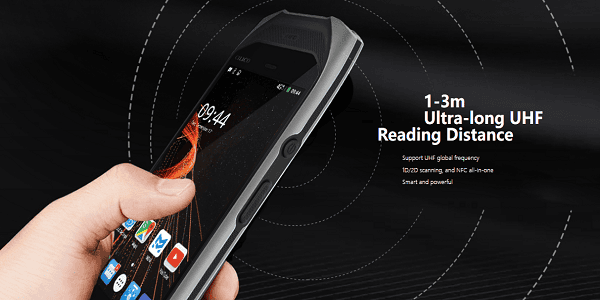
Key Features of Products
1. Equipped with eight-core processor, Main frequency up to 2.5GHz;
2. integrated barcode scanning / UHF / NFC, multi-channel data acquisition without interference;
3. Smart look, strong power, UHF reading distance is 3~5 meters;
4. Soft and hard plastic double material injection molding, IP67 protection grade, dust-proof, water -proof, shock-resistant;
5. 6 sides can resist the impact of 1.5m cement floor drop;
6. Provides public/private network of MDM equipment management system.
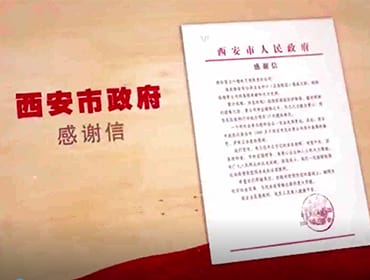
C6T temperature measurement use case video

